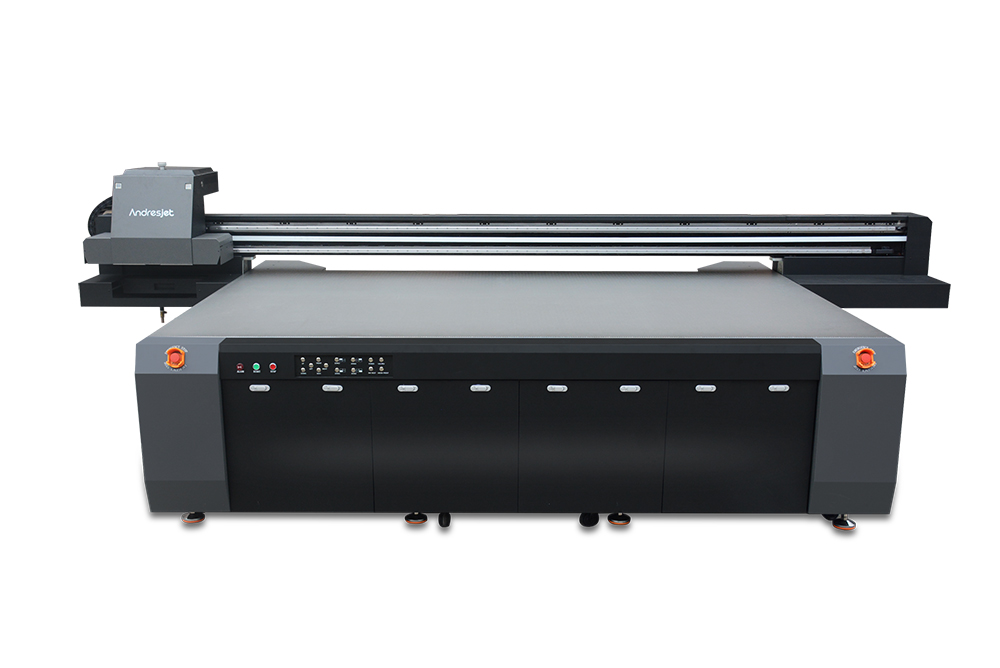The Role of ICC Profiles in UV Flatbed Printing
The Role of ICC Profiles in UV Flatbed Printing
In the rapidly evolving world of digital printing, UV flatbed printing has emerged as a highly efficient and versatile technology. This technology offers exceptional print quality, wide material compatibility, and rapid drying times, making it ideal for a diverse range of applications. However, achieving consistent and accurate color reproduction across different materials and devices remains a challenge. This is where ICC Profiles play a crucial role. This article delves into the significance of ICC Profiles in UV flatbed printing, exploring their function, technical aspects, and practical applications.

Introduction
UV flatbed printers are capable of printing on various materials such as glass, ceramics, wood, plastics, leather, and PVC, among others. These printers use ultraviolet (UV) light to cure ink instantly, ensuring quick turnaround times and high durability. However, color management becomes essential when dealing with such a wide array of substrates, each with its unique color absorption and reflection properties. This is where ICC Profiles come into play, facilitating seamless color reproduction across different devices and materials.
What are ICC Profiles?
ICC Profiles, also known as International Color Consortium (ICC) Profiles, are data files that describe the color characteristics of input, display, and output devices. They enable color consistency across various platforms and devices by defining how colors should be converted between different color spaces. Developed by the International Color Consortium in 1993, ICC Profiles have become the industry standard for color management.
ICC Profiles contain two primary components: device description and color conversion data. The device description provides information about the device’s color capabilities, while the color conversion data specifies how colors should be mapped between the device’s native color space and a standard color space (such as CIELAB or CIEXYZ). This ensures that colors appear consistent regardless of the device used for viewing or printing.
Technical Aspects of ICC Profiles in UV Flatbed Printing
Device Characterization
In UV flatbed printing, each substrate has its unique surface properties, affecting how ink is absorbed and reflected. ICC Profiles for UV printers are specifically designed to account for these variations. They characterize the printer’s color capabilities, including inkjet technology, UV lamp curing efficiency, and substrate interactions. This ensures that colors are accurately reproduced on various materials.
Color Space Conversion
ICC Profiles facilitate color space conversion between the printer’s native color space and standard color spaces. For instance, a UV printer might operate in a CMYK color space, while the design file might be in RGB. The ICC Profile translates the RGB colors into the printer’s CMYK space, ensuring that the printed output closely matches the original design.
Rendering Intents
ICC Profiles also define rendering intents, which specify how colors should be mapped when the destination color space cannot accurately reproduce all colors in the source space. Common rendering intents include Perceptual, Relative Colorimetric, Saturation, and Absolute Colorimetric. Each intent optimizes color reproduction for different purposes, allowing users to choose the most suitable one for their specific application.
Practical Applications of ICC Profiles in UV Flatbed Printing
Home and Commercial Decoration
UV flatbed printers are widely used in home and commercial decoration, where custom designs are often required. ICC Profiles ensure that colors are reproduced accurately on different materials, such as glass, wood, and ceramics. This enables decorators to create vibrant and consistent designs that meet customers’ expectations.
Advertising and Signage
In the advertising and signage industry, UV flatbed printers are used to produce eye-catching displays on various substrates. ICC Profiles facilitate accurate color reproduction across different materials, ensuring that signage appears consistent regardless of the medium used. This is particularly important for large-scale installations, where color matching across multiple panels is crucial.
Leather and Textile Printing
UV flatbed printers are also gaining popularity in the leather and textile printing industry. Their ability to print on non-traditional substrates combined with ICC Profiles’ color management capabilities enables high-quality and consistent color reproduction on leather and fabric. This opens up new possibilities for creative designs and personalization in the fashion and accessories sectors.
Oil Painting and Decorative Art
UV flatbed printing technology has even been used to replace traditional hand-painting methods in oil painting and decorative art. ICC Profiles ensure that colors are reproduced accurately, allowing artists to create digital designs that can be printed onto canvases or other surfaces with minimal post-processing. This not only saves time but also allows for greater precision and consistency in color reproduction.
Conclusion
ICC Profiles play a vital role in UV flatbed printing, facilitating accurate and consistent color reproduction across various materials and devices. By characterizing the printer’s color capabilities and defining color space conversion, ICC Profiles enable users to achieve exceptional print quality and meet customer expectations. As UV flatbed printing technology continues to evolve, the importance of ICC Profiles in ensuring color consistency and accuracy will only grow. With their ability to bridge the gap between design and output, ICC Profiles remain an indispensable tool in the digital printing industry.
